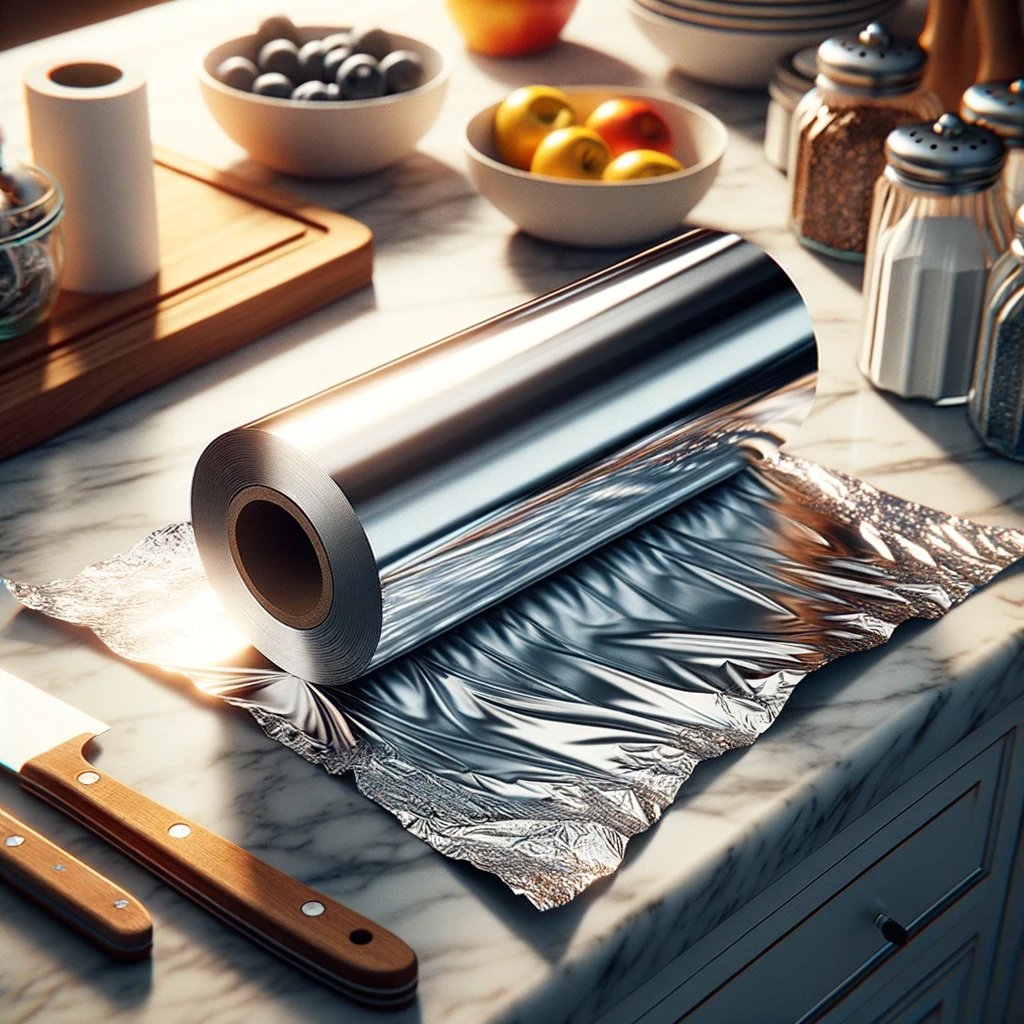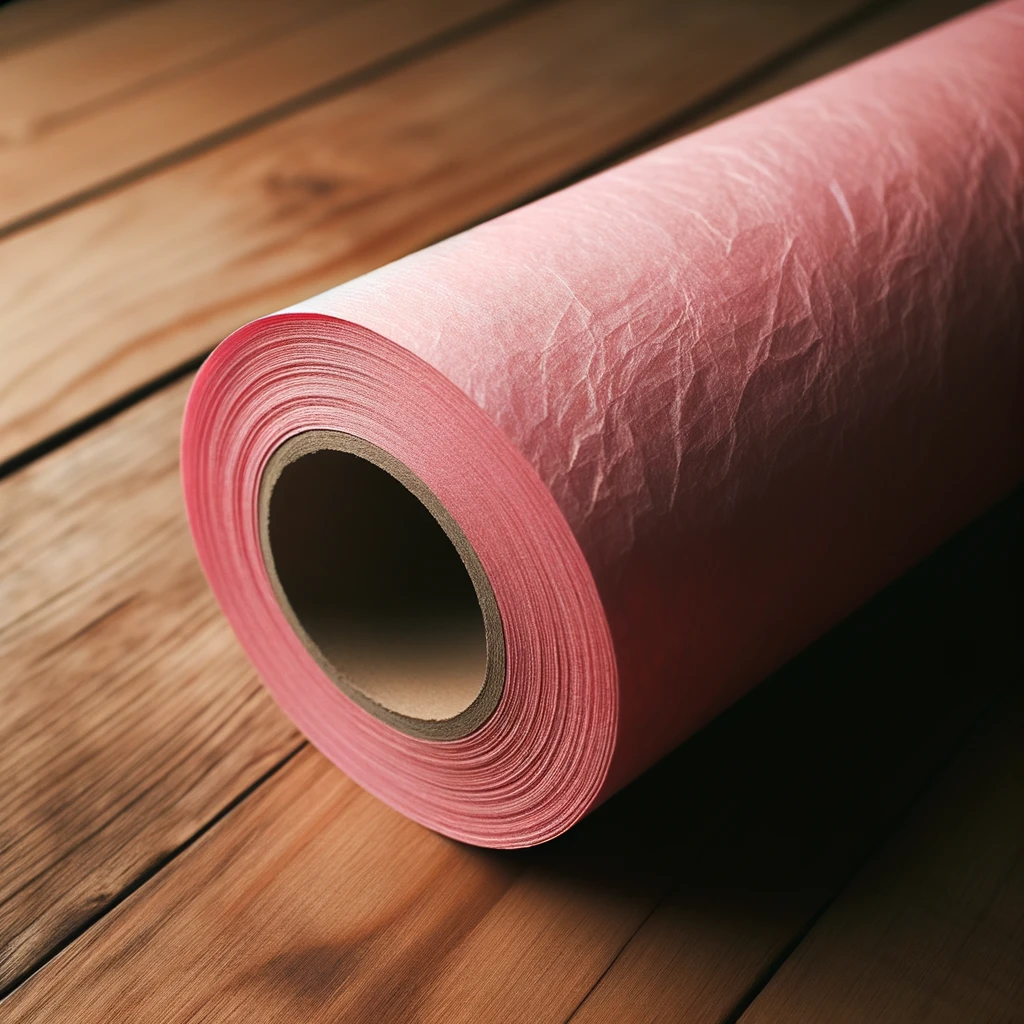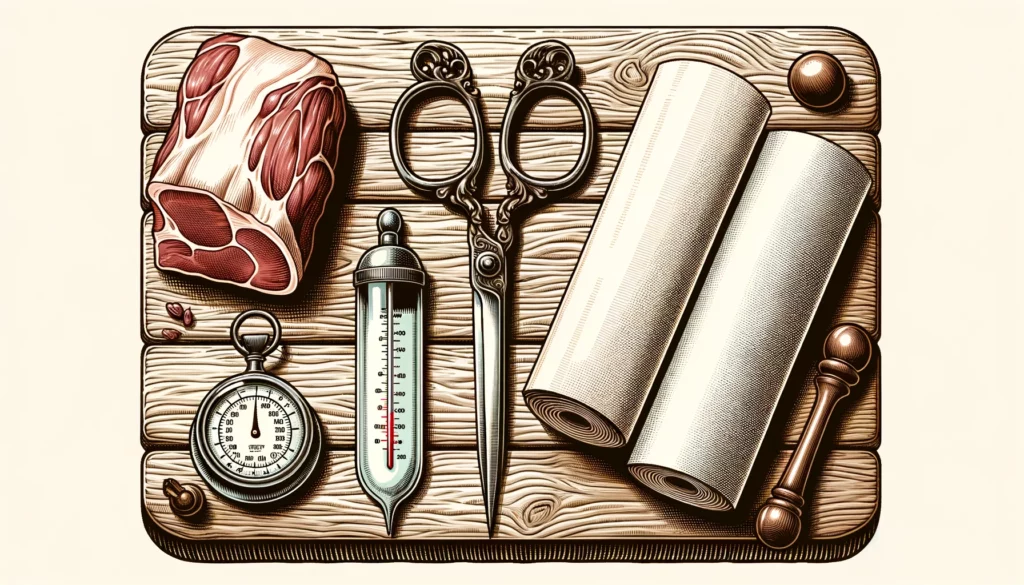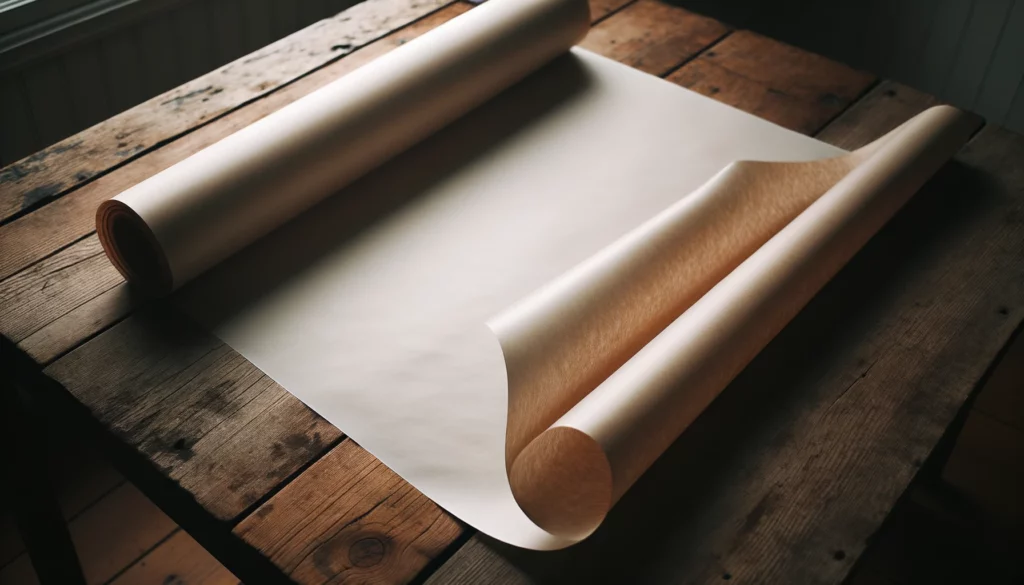We strive to provide you with authoritative, trustworthy, and expert advice. In doing so, the staff at bbqdropout.com performs extensive research, editing, and fact checking to every post on this webiste. If you feel that this article can improve, please feel free to reach us at staff@bbqdropout.com
Before continuing this article, I wanted to let you know that I have a YouTube channel where I showcase all sorts of video content related to BBQ. Subscribing would mean a lot to me, and I very much appreicate all the support!
When to Wrap Pork Butt

Smoking a pork butt is a time-honored tradition that offers a savory reward at the end. As someone who has lived in Central Texas his entire life, and has also grown up smoking barbecue – one of the most common questions that arise during this process is when to wrap it. Let’s delve into this topic more comprehensively.
What is the right Temp to Wrap Pork Butt?
You should be wrapping a pork shoulder around an internal temperature of around 135 degrees Fahrenheit. This is when the meat enters what is known as the ‘stall’, which generally lasts anywhere from 2-3 hours depending on how hot and fast or low and slow you are smoking your meat at.
This is one of the more critical decisions you’ll have to make when smoking or cooking a pork shoulder simply because it could not only determine the length of your cook, but also how it will come out.
Should I Wrap Pork Shoulder in Foil or Butcher Paper?
Once you decide to wrap your pork butt, the next decision involves the choice of material. In my experience, it really depends on whether you want to be smoking the piece of meat for an extended period of time and also how you want the ‘bark’ to come out at the end of the cook.
Both methods can yield delicious results, but they have different effects on the outcome. Here are the advantages and differences between the two:
Foil (also known as the “Texas Crutch”)

Advantages:
- Moisture Retention: Foil locks in moisture, preventing the meat from drying out. This can be especially helpful when cooking with methods that might otherwise dry out the meat, like smoking.
- Cook Faster: Wrapping in foil can help the pork shoulder get past the “stall” (a period where the meat’s internal temperature plateaus) more quickly, potentially cutting down your cooking time.
- Tender Meat: Because foil locks in moisture and creates a sort of steaming effect, it can yield a very tender final product.
Considerations:
- Softer Bark: The bark (the crusty outer layer) may not be as crispy when you wrap in foil, due to the trapped moisture.
- Less Smoky Flavor: The foil can reduce the amount of smoke the meat is exposed to, which can result in a less smoky flavor.
Butcher Paper

Advantages:
- Breathability: Butcher paper is more breathable than foil, which means it doesn’t trap as much moisture. This can result in a better balance between a moist interior and a crispy bark.
- Some Moisture Retention: While butcher paper isn’t as impermeable as foil, it still helps retain some moisture, preventing the meat from drying out too much.
- Retains More Smoke: Since butcher paper is permeable, it allows for a more smoky flavor to be infused into the meat during the cooking process.
Considerations:
- Not as Tender as Foil: Meat wrapped in butcher paper might not be quite as fall-apart tender as meat wrapped in foil. But it will still be very tender if cooked properly.
- Slightly Longer Cook Time: It might not speed up the cook time as much as foil would, especially through the stall.
My personal suggestion would be to use foil when you want a quicker cook and don’t care as much about the seasoning being more soggy towards the end, and to use butcher paper when you don’t mind waiting a little longer because you care more about a firm and smoky bark seasoning.
When to Wrap Pork Shoulder in Foil
When wrapping in foil, as mentioned above – just make sure to begin wrapping your pork shoulder once the internal temperature reaches around 135 degrees. That is when the stall occurs and is the best time to start expediting the cook.
How to Wrap Pork Butt in Butcher Paper
Wrapping pork butt (or pork shoulder) in butcher paper during the smoking or cooking process can help retain moisture, allowing for a more tender result. Using butcher paper instead of aluminum foil can also result in a crispier bark due to the paper’s breathability. Here’s a step-by-step guide on how to wrap a pork butt in butcher paper:
Materials:
- Pork butt (pork shoulder)
- Butcher paper (preferably pink or “peach” paper, which is a non-waxed, non-bleached paper ideal for wrapping meats)
- Scissors or knife
- Meat thermometer (optional)
- Gloves (for handling the hot meat)
Instructions:
Preparation:

Have your butcher paper on hand, and cut off a large enough piece to wrap the pork butt. It’s better to have too much than too little.
If you’re smoking the pork butt, make sure it has reached the stall (a point during smoking, typically between 135-170°F, where the meat’s internal temperature plateaus). This is usually when you’d consider wrapping to push through the stall more quickly.
Lay Out the Paper:

Lay the butcher paper on a clean, flat surface with the shiny side down.
Position the Pork Butt:

Using gloves or using tools, carefully remove the pork butt from the smoker or oven and place it in the center of the butcher paper.
Wrap the Pork Butt:
Fold the butcher paper over the top of the pork butt, pulling it tight to ensure there’s no slack.
Fold the sides of the paper in, again pulling tight. Ensure the pork butt is fully covered.
Continue folding the paper around the pork butt, ensuring that it’s wrapped tightly. The goal is to have at least two layers of paper around the meat for insulation and moisture retention.
Tuck the ends of the paper underneath the pork butt to secure it.
Return to Cook:
With the pork butt securely wrapped, return it to the smoker or oven.
If you’re smoking, you can continue cooking until the pork reaches your desired internal temperature. A meat thermometer can be inserted through the paper to check the temperature.
For pulled pork, you’d typically aim for an internal temperature of around 200-205°F.
Rest:
Once your pork butt reaches the desired temperature, remove it from the smoker or oven.
Let it rest for at least 30 minutes to an hour while still wrapped in the butcher paper. This allows the juices to redistribute, ensuring a moist and tender result.
Unwrap and Serve:
Carefully unwrap the pork butt from the butcher paper.
Pull or slice the meat as desired, and serve.
Remember, wrapping in butcher paper is a personal preference. Some pitmasters prefer to cook their pork butt without wrapping, while others opt for aluminum foil (known as the “Texas crutch”). The choice is yours!
Should you Increase Temperatures After Wrapping Pork Shoulder?
When you wrap a pork shoulder in foil or butcher paper during a smoking or barbecuing session, you’re employing a method often referred to as the “Texas crutch.”
The primary goal of this technique is to help the meat push through the “stall,” a period during smoking when the internal temperature of the meat plateaus. Wrapping the meat helps retain moisture and can speed up the cooking process.
Here are some considerations regarding increasing the temperature after wrapping:
Cooking Speed:
If you’re in a rush or if you started your cook later than planned, you can consider raising the temperature after wrapping to expedite the cooking process.
Since the wrap will protect the meat from drying out to some extent, a slight increase in temperature can help finish the cook faster without sacrificing too much in terms of meat quality.
Smoke Penetration:
As you mentioned, once the meat is wrapped, especially in foil, it won’t absorb much more smoke. With butcher paper, there’s slightly more breathability, so a minimal amount of smoke may still penetrate, but it’s limited.
Therefore, since you’re no longer aiming for smoke flavor after wrapping, increasing the temperature won’t affect the smoke profile of the meat.
Fuel Conservation:
If you’re trying to conserve fuel, maintaining a steady temperature might be your best bet.
Frequently adjusting the smoker’s temperature can sometimes use more fuel, especially if you’re trying to bring the temperature back up after it has dropped.
Meat Quality:
One of the primary concerns when raising the temperature is the potential impact on meat quality. However, when the pork shoulder is wrapped, it is somewhat insulated, which can mitigate the risks of drying out the meat.
That said, drastic increases in temperature might still negatively affect the meat’s texture.
Final Thoughts
For those passionate about smoking pork butt, understanding the nuances of the process is essential. The right time to wrap the meat is when it reaches an internal temperature of around 135°F, marking the beginning of the “stall” phase.
The choice between using foil or butcher paper to wrap is crucial. While foil retains more moisture and might expedite the cooking process, it can lead to a softer bark and less smoky flavor. In contrast, butcher paper provides a balance between moisture retention and a crisp bark while allowing some smoke to penetrate.
Wrapping the pork correctly is crucial for optimal results. A step-by-step guide to using butcher paper includes preparation, positioning, and wrapping the pork butt tightly, followed by returning it to the smoker until it reaches the desired internal temperature, resting, and then serving.
Lastly, whether or not to increase the temperature after wrapping depends on various factors. If time is pressing, a slight increase can hasten the cooking, but if fuel conservation or meat texture is a priority, maintaining a consistent temperature is advisable. Ultimately, the choice depends on individual preferences and the desired outcome of the dish.
Robert is a certified Pitmaster, with over a decade of experience in smoking the best meats you’ll ever feast upon. He also has a Bachelor of Business Administration from the University of Texas at San Antonio. When he’s not researching technical topics, he’s most likely barbecuing in his backyard.
